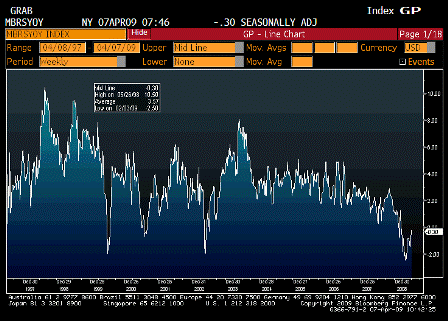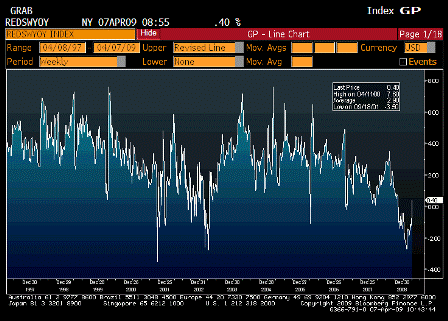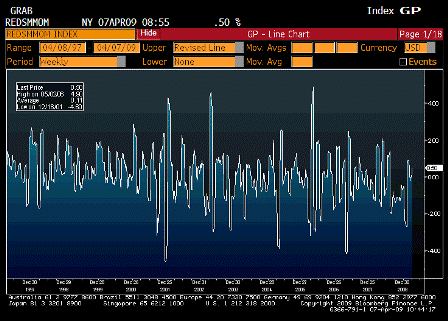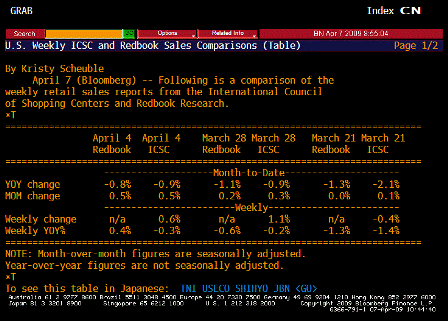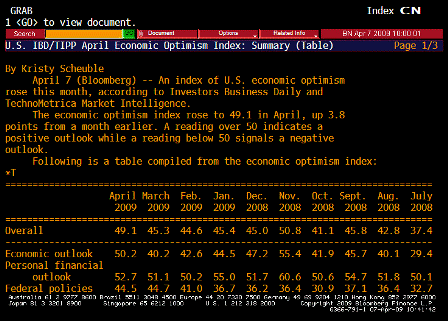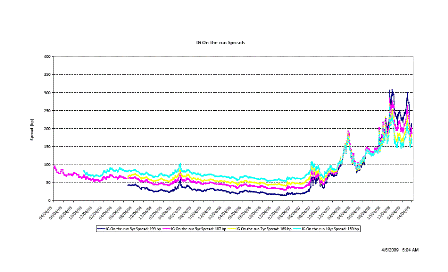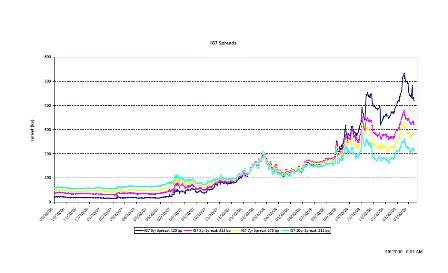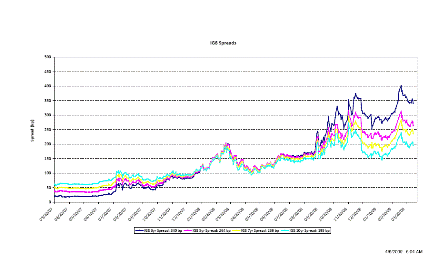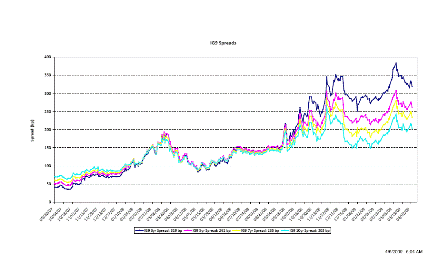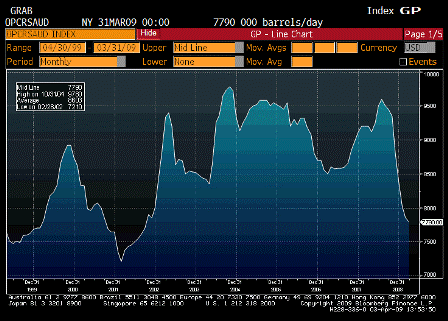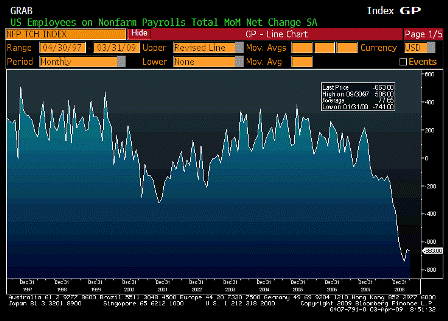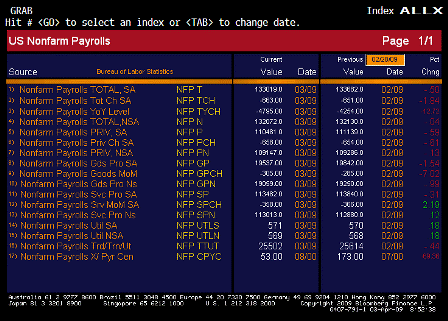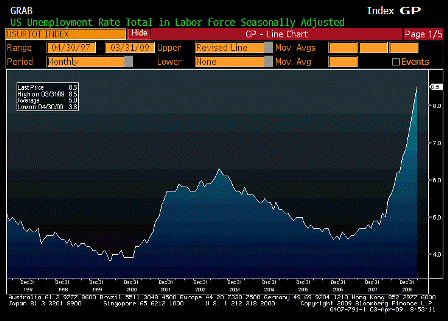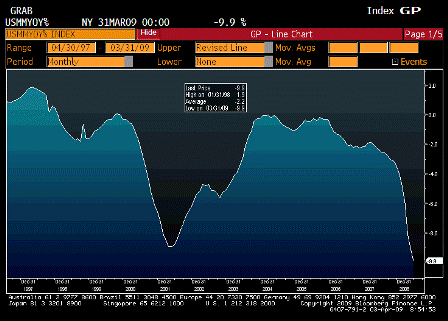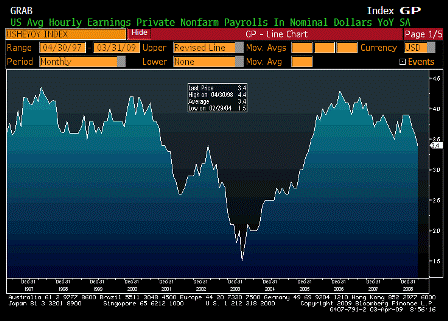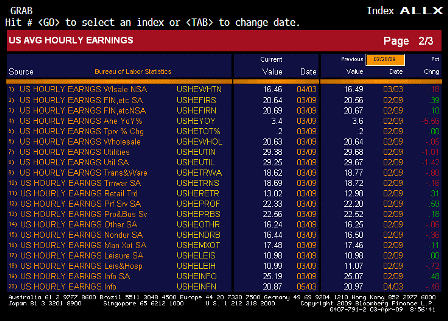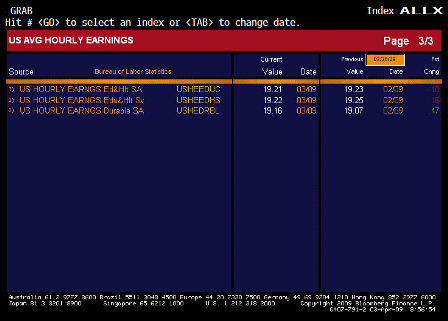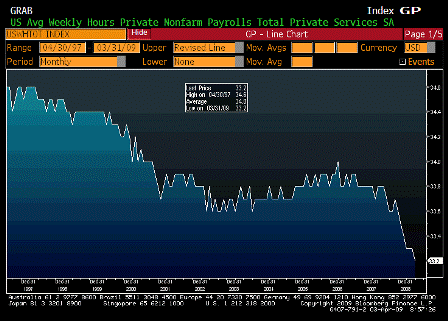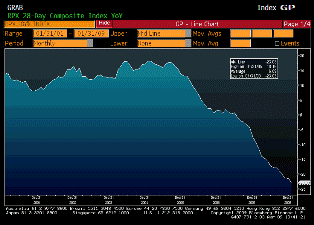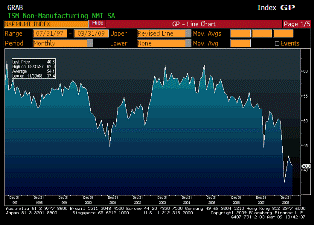[Skip to the end]
This gets worse by the day, from a variety of angles.
That’s what happens with an administration that doesn’t understand their own monetary system.
The US government doesn’t have any use for private or state funds.
If they want the states to have more money better to simply write them a check.
by James Kelleher
Apr 5 (International Business Times) — New Jersey’s beleaguered pension fund would buy troubled loans and securities – so-called “toxic assets†– as part of a Wall Street recovery plan discussed Friday with the head of the Federal Deposit Insurance Fund.
Bill Clark, director of the state’s Division of Investment, was among officials from at least 15 states who discussed the proposal with FDIC chairwoman Sheila Bair on Friday.
Present at the midday meeting were pension officials from New York City, New York State and Connecticut, said Orin Kramer, chairman of the New Jersey State Investment Council, who helped coordinate the meeting.
Representatives of 12 other states, including Pennsylvania, California and Florida, participated in the meeting by phone, Kramer said.
The states are interested in investing in the Public-Private Investment Program for Legacy Assets, believing it could provide a good return on investment, Kramer said. Bair is open to the idea, but the details need to be worked out, Kramer said.
The program, unveiled by the U.S. Treasury on Mar. 23, would provide federal funding to form public-private partnerships that would buy up so called “legacy assets,†including commercial and residential mortgages and securities. The intent is to reduce the bad assets on the balance sheets of banks, and free them to lend more.
Kramer said Governor Corzine believes the program could provide a lucrative opportunity for New Jersey’s pension fund, which has been battered in recent months by the general problems in the financial markets.
In a statement, Corzine’s spokesman Robert Corrales said the meeting was a “good opportunity†for federal officials and states to develop a plan to involve pension funds “without having to accept the traditional fee structure charged by private sector managers to invest in these types of assets.”
The latest available valuation report for the state pension fund, dated Feb. 27, 2009, listed the total value at $56.3 billion, down $3 billion from the report released at the end of January. Last year, the fund was valued at more than $80 billion.
Crozine, Kramer and Brown have also faced criticism over the last several months over the fund’s losses.
Andrew Gray, Director of Public Affairs at the FDIC, said “Chairman Bair met with a broad range of investor groups today as another step in the ongoing dialogue with stakeholders as the FDIC develops the Legacy Loans Program.”
[top]

